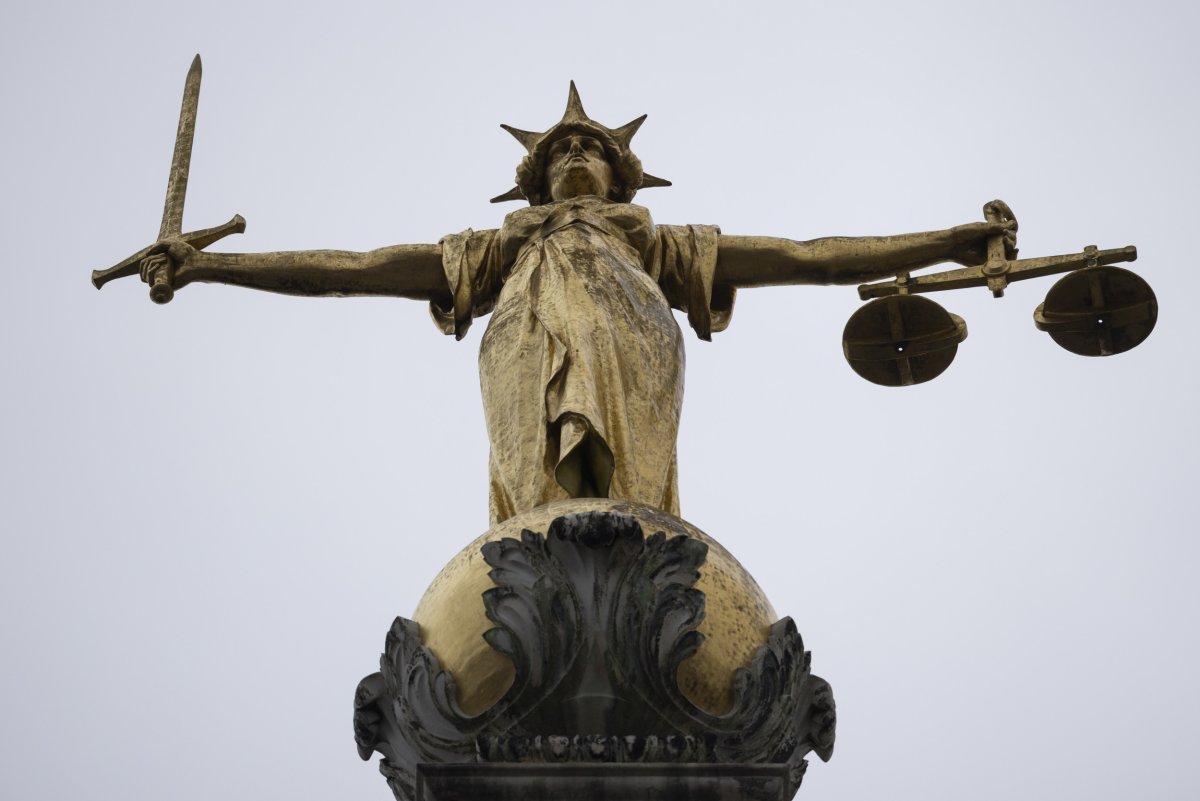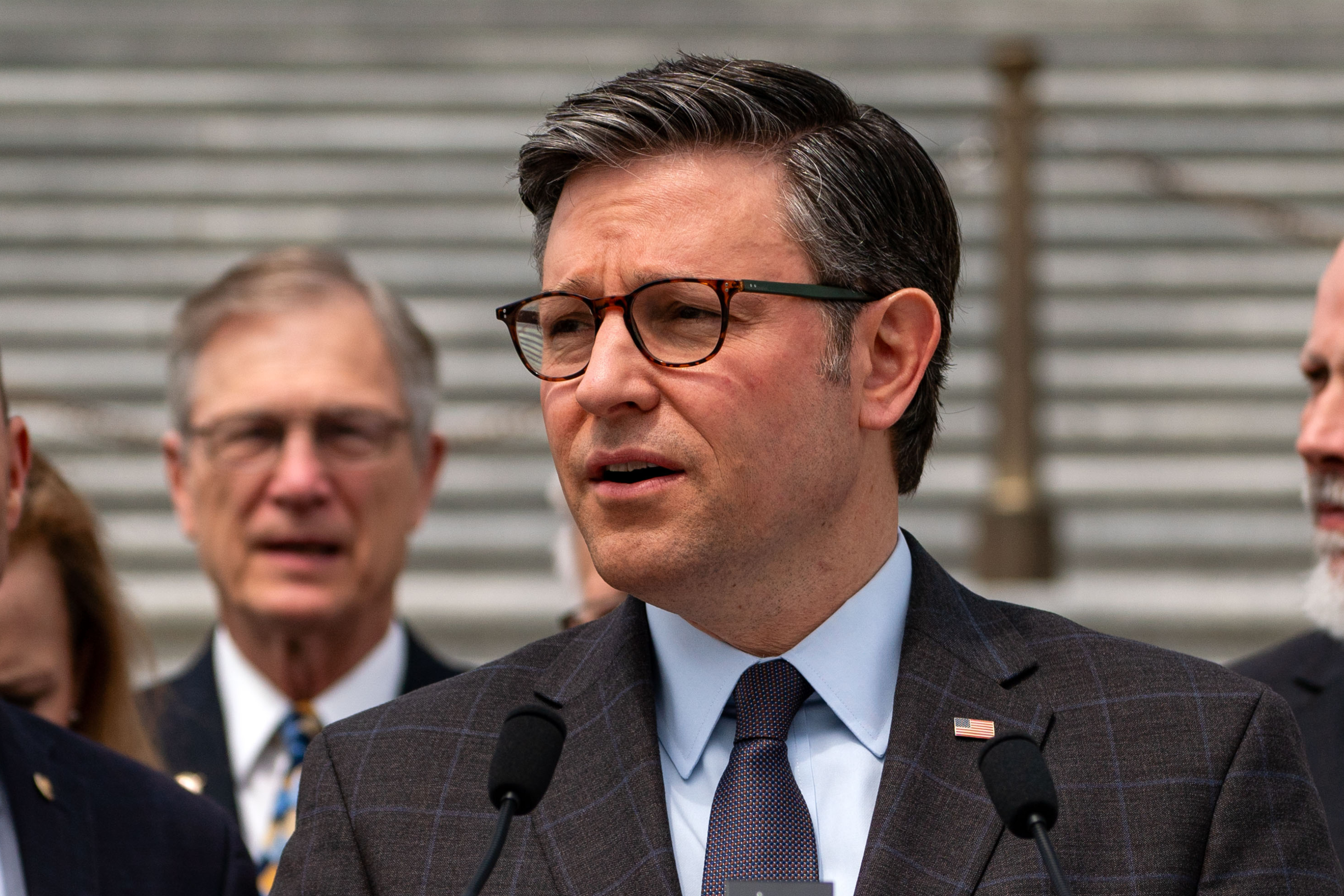Justice is a form of capital that is not distributed equally.
History and recent cases of unequally pursuing missing persons cases, delayed justice for Team USA gymnasts and increasing risks of modern day slavery demonstrate the urgency needed to expand access to justice globally.
The latest verdict of R. Kelly brought long-awaited justice to Black women, a group historically afforded little justice capital. The investigation noted that victims repeatedly asked, "Who's going to believe us? We're Black girls."
As a researcher gathering data for eight years in the U.S., Brazil and Kenya on how fair people think the world is, I learned that adolescents across the globe differentiate their beliefs of justice based on their position in society. And they are eerily similar.
Girls in Kenya reported lower levels of personal justice compared to boys' evaluations from the same schools. American students who identified as minorities and as low socioeconomic status perceived their lives as less fair than their white, affluent peers. Brazilian pre-adolescents from public schools and lower household incomes evaluated their lives as unjust while their private school counterparts judged their lives to be relatively fair.
These studies reveal that adolescents largely agreed on the level of injustice in the world. The difference was how they perceived justice in their individual lives.
Justice capital is an emerging term used to describe an individual's access to justice. In criminal justice science, justice capital researchers are exploring how institutions can increase the support to resources that bring about justice, such as improving practices around child protection policies and shaping prison reform.
However, its application is broader than criminal justice. It is distinct from socio-economic status. My recent research shows five dimensions of justice capital: status, effort-effect pipeline, voice, microsystem authorities and society.
When an employee faces discrimination due to their minority heritage, this is a status difference of justice access. A student with a learning disability, for instance, may see their efforts not rewarded with better grades, as this is the effort-effect pipeline injustice. The voice dimension can be applied when an individual with a stutter may not be given the same chance to explain themselves when falsely accused. Employees who are not able to move up in a company because of nepotism demonstrate microsystem authorities—incompetent gate-keepers of justice. The society aspect of justice capital can be seen when citizens from violent and unequal communities are more likely to have their earnings stolen, or when they do not have access to competent law enforcement.
It is obvious to many that justice is not distributed equally. The goal is to understand the lack of access to justice and to resist blaming others or assuming others have the same justice capital.
Many fail to acknowledge injustice because it is painful and feels personally threatening. Justice beliefs were first studied as a way to explain the human tendency to blame the victim. Victim blaming keeps many from feeling vulnerable enough to admit that tragedy is often senseless and out of an individual's control.
To be sure, expecting justice is an asset.

Research shows that those with high justice perceptions have higher well-being, are more likely to commit to long-term goals and are more likely to have a growth mindset, because they perceive their efforts will change their outcome.
It is a psychological paradox: it is necessary to believe the world is fair in order to thrive, and yet, it is not fair.
A person's perceptions of justice reveal something about their stories and the authorities that shaped their lives.
In a recent paper, my colleagues and I found that when children think their parents and schools are fair, they predict a positive worldview of justice that is then projected onto the legitimacy of the law.
This worldview construction is vital for feeling safe and establishing a social contract. What is not optimal is over-generalizing about justice in a way that makes many not believe the victim when the justice systems fail; and they will.
For many, calls over systemic injustice make them defensive about what should be an automatic right.
But everyone needs to have high justice capital. Talking about it as a form of capital could help remove misplaced tones of blame. Learning about systemic injustice does not have to make people defensive about having what they deserve.
People don't have to identify with those suffering injustices to stand in solidarity with those who have less justice capital. It is possible to cope with the paradox of justice perceptions by claiming justice as an existential imperative, something many do not have in full, but something to continually pursue.
I want my children to expect justice—for themselves and for everyone. It is the only way they'll demand it. But I don't want them to assume justice, especially if it means they'll misinterpret someone else's story because it doesn't fit their worldview.
I want my children to perceive justice as attainable, not because I want them to believe it, but because I want it to be true. I want to raise individuals who can offer others justice capital in pursuit of a more just world.
Kendra Thomas is an assistant professor of psychology at the University of Indianapolis and a Public Voices Fellow through The OpEd Project. She researches youths' perceptions of justice and works to improve positive interventions in child and adolescent development funded by the Templeton World Charity Foundation.
The views expressed in this article are the writer's own.
Uncommon Knowledge
Newsweek is committed to challenging conventional wisdom and finding connections in the search for common ground.
Newsweek is committed to challenging conventional wisdom and finding connections in the search for common ground.
About the writer
To read how Newsweek uses AI as a newsroom tool, Click here.






